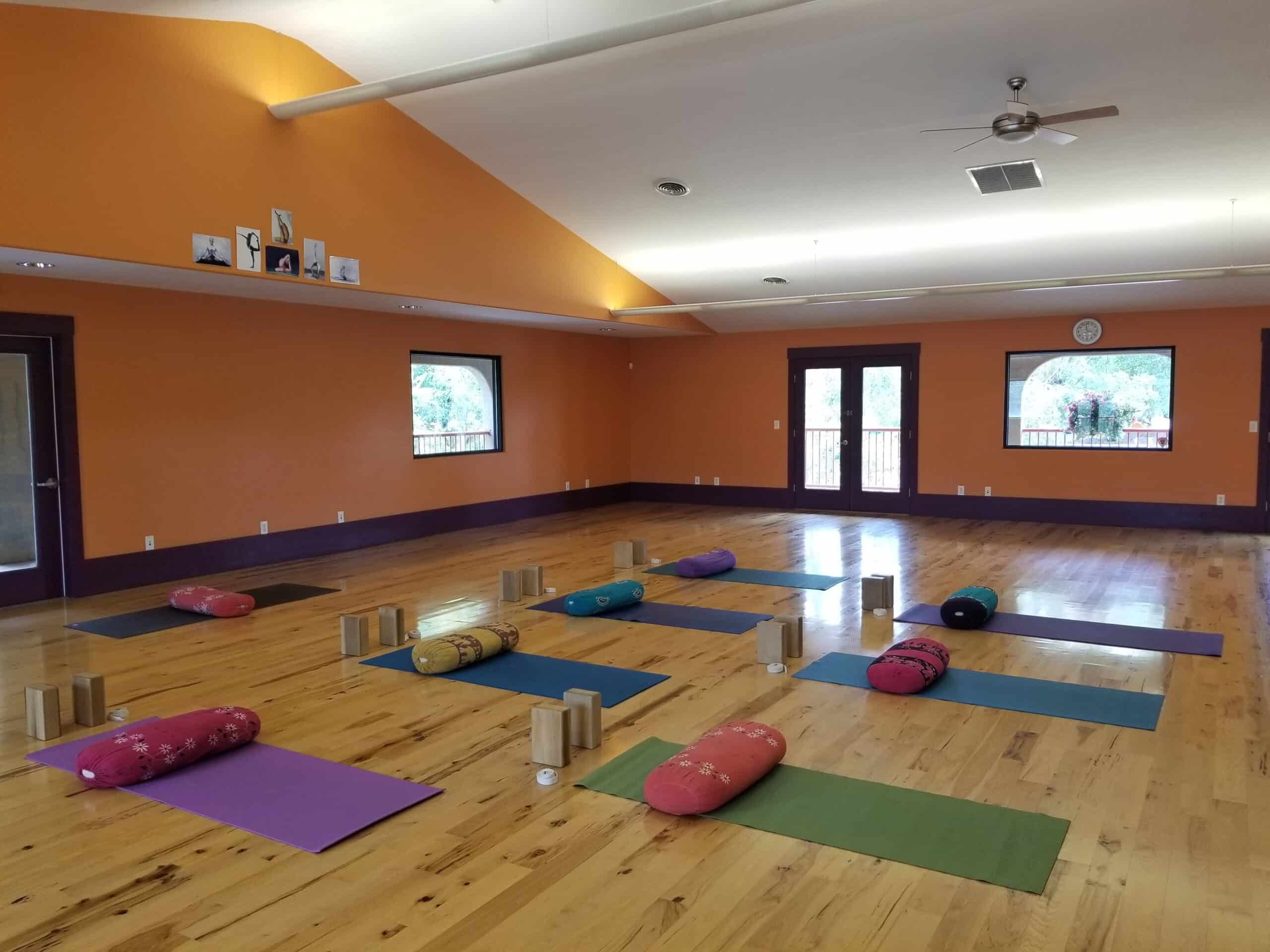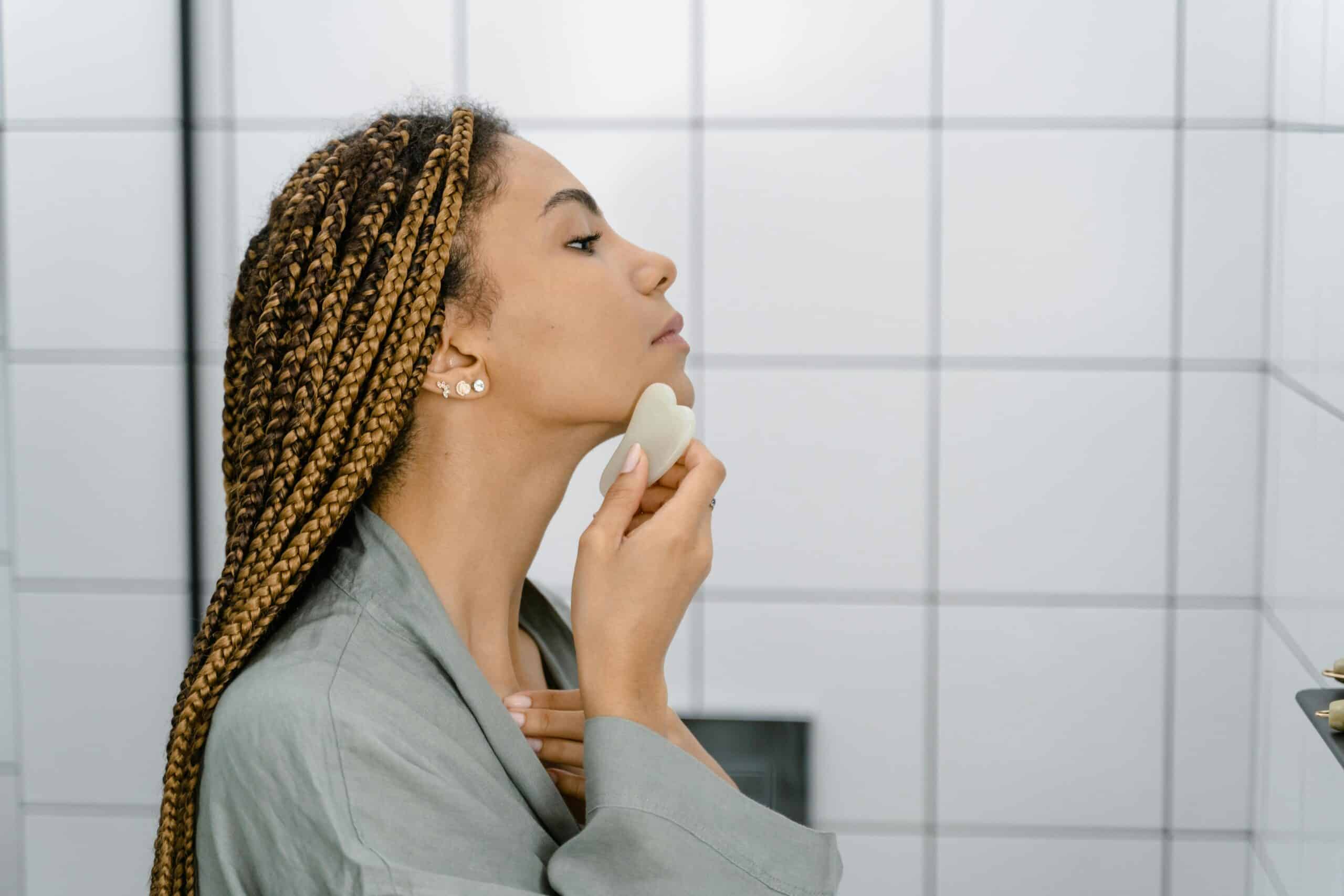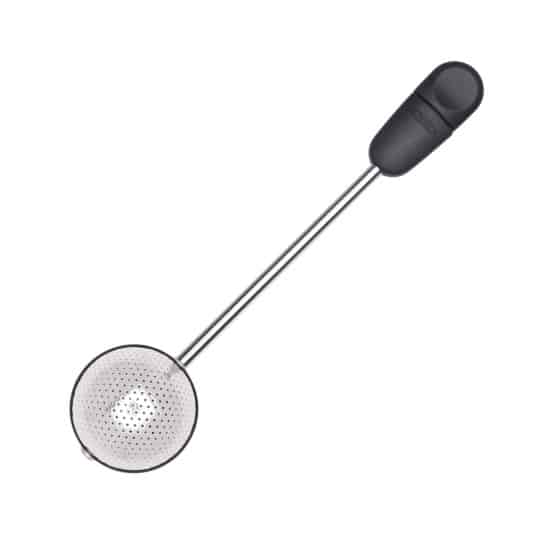Listen To Your Gut + Treat Your Microbiome Like a Temple | By Dr. Jonathan Bloch
Originally published in the Summer + Fall 2018 issue.
Your body is an ecosystem to itself, host to trillions of microorganisms residing within the environmental niche of your human self. Several hundred different species of bacteria, fungi, yeast, viruses and other cellular organisms live in your gastrointestinal tract, mouth, vagina and skin. They are collectively referred to as your microbiome and you plus them compose a single ecological unit that has co-evolved synergistically since the beginning of time.
The cells of your microbiome outnumber your own cells ten to one and account for a 100 times greater fold in gene expression than what your human genome is capable of. While DNA is 99.9 percent similar between every person, our microbiomes are incredibly diverse and scientists are correlating specific microbiome patterns with certain disease states and behaviors, and is accounting for more than what genetics alone can predict.
A thriving microbiome serves vital immunologic, anti-inflammatory, metabolic and homeostatic functions. It helps us digest food, produce vitamins, educate our immune system, pull nutrients in, push toxins out, protect from disease, fight off harmful microorganisms, and even regulate mood.
Studies have linked changes in the microbiome to obesity, heart disease, arthritis, IBS, allergies, diminished response to cancer immunotherapies, and neurological disorders like Parkinson’s, pain sensitivity, eating behaviors, stress responses, emotional dysregulation, and even social interacting. We are thus on the verge of a new health revolution that’s asking “If we damage our microbiome, what other health problems are we causing?”
Support Your Gut Health
The process of building your microbiome starts immediately after birth. We’re born sterile inside. Passage through the birth canal introduces both gut and skin microorganisms from your mother. Breast milk introduces more bacteria from all over the body. Food from dirt takes over and the microbiome fully matures by age three. It’s a process of symbiotic co-evolution where our microbiomes are as much a part of our human landscape as the person themselves.
When things go wrong with the microbiome, from stress or diet, it becomes depleted, thinned and overrun by pathogens. This eliminates the protective effect and the gut lining becomes exposed. Direct effects of inflammation cause the gut to erode (leading to poor nutrient absorption and food sensitivities) and even fall apart (leading to leaky gut and direct input of toxins to the bloodstream).
So what’s the number one way to treat your body and microbiome like a shrine? Remove toxins and pathogens from your body while focusing on what goes in through diet. Agricultural and pharmacologic antibiotics kill off the microbiome, so do food pesticides. GMOs, food irradiation, microwaving, overcooking and over-utilized sterilization processes deplete the microbiome before food even hits the plate. Replacing good ingredients with refined sugars, processed flours, fillers, etc., serves to support yeast and parasite growth that competes with and replaces the microbiome. Finally, modern world stress weakens and inflames our microbiome, which in turn sends out the immune-mediated biological markers that augment self-fulfilling cycles that spiral us towards autoimmune disorders, chronic fatigue and pain.
Remove toxins and pathogens from your body while focusing on what goes in through diet.
- Recommendations suggest getting the most probiotic diversity from diet by eating probiotic foods ranging from kombucha to sauerkraut and yogurt.
- Prebiotic diets utilize natural forms of fiber that increase GI motility and bacterial turnover, which encourages low populations to flourish. Inulin and oligoscaharides make the best prebiotic fibers and are found in foods like onions, garlic, asparagus, green bananas and whole grains.
- Fruits and Vegetables are a top probiotic and prebiotic foods. Modern diets lack sufficient fiber. Fiber not only feeds the microbiome, it aids stool transit times. Digestion is a time-sensitive process by which we want to absorb the good before things begin to putrefy.
- Removing toxins from your diet and body is tough no matter how carefully you choose food. According to David Sandoval, pesticides are found in more than 75 percent of the food we eat and every American tested has been shown to have it in their bodies. Chelation is a difficult process by which we use substances to bind and remove toxins/metals from our body. Chlorella is a normal microbiome organism that produces glutahione, the major natural chelator in humans. Other products like Biome Medic® are being marketed as pesticide chelators.
- Avoid antacids in leu of having natural stomach acidity that kills harmful bacteria.
- Chew food well. Saliva has many semi-dormant probiotic bacteria that get mixed into and
activated with food, and can literally make a scoby out of each meal. - Processed sugars and corn syrup inflame your cells and serve as superfood for yeast and candida mold species that take over and replace the normal microbiome. Yeast is not probiotic. It produces large amounts of gases CO2 and ethanol which further irritate and compete for your body’s use of oxygen.
- Meat protein is hard to digest, which not only slows transit time, its byproducts of metabolism (ammonia, sulfites, methane and ethanol) could be comparable to the main ingredients in household cleaners, explosives, and gasoline.
Once our food was as pure as the earth, water ran clean and dirt was full of minerals. We lived by our gut instincts. We woke by the sun, slept by the stars, and a real circadian rhythm versus go-go modern day challenges. We did not eat coloring, flavoring, added sugar, binding agents, fillers, hormones, antibiotics, pesticides, radiated ingredients and GMOs.
The microbiome is not well understood yet is receiving a lot of recent attention, this may be because our modern world has made it almost impossible to care for it. Evolutionarily, microbial symbiosis of the intestinal tract started in the ocean when we were primitive wormlike ingestive tubes, and we have since evolved into a complex single ecological unit. We know the microbiome has widespread physiologic roles that are positive for us, that we use the same chemical messengers, share DNA, low numbers correlate with different disease conditions, and while it cannot speak, it has mastered unique ways of signaling the entire body. All together it raises a very esoteric question of whom exists for who. It’s like the alien invasion never left, they still reside inside and are desperately trying to tell us something about both our environments … so what is your gut telling you?
Photo courtesy of Dr. Jonathan Bloch.
 Dr. Jonathan Bloch is a full spectrum integrated family practitioner and osteopathic physician with a mission is to inspire personal health through mind, body and spiritual practices. You can learn more about him and his practice at www.yogischoicehealthcare.com.
Dr. Jonathan Bloch is a full spectrum integrated family practitioner and osteopathic physician with a mission is to inspire personal health through mind, body and spiritual practices. You can learn more about him and his practice at www.yogischoicehealthcare.com. Elevate your tea experience with this must-have accessory. This tea infuser boasts a unique twisting feature, ensuring [...]

Subscribe to Our Tribe
Stay up to date with Y+L News, Events and special announcements.










